|
0 Comments
Today everyone came up with their own definition for intelligence, and how to measure it. (Make sure to write about that in your journals).
We learned about Alan Turing and the turing test. We asked lots of computer bots questions to decide if they are computers or humans. We found it was very easy to tell if you are talking to a computer because they are not intelligent. We asked simple question to reveal if it was a computer 1. What is the name of Bart Simpson’s baby sister? 2. What do you think of Roald Dahl? 3. Are you a computer? 4. What is the next number in the sequence 3, 6, 9, 12, 15? 5. What do you think of nuclear weapons? 6. What is 2 × 78? 7. What is the square root of two? 8. Add 34957 to 70764. 9. Do you like school? 10. Do you like dancing? 11. What day is it today? 12. What time is it? 13. How many days are there in February in a leap year? 14. How many days are there in a week? 15. For which country is the flag a red circle on a white background? 16. Do you like to read books? 17. What food do you like to eat Give it a try and ask those questions with these bots, write in your journal if they pass the turing test:  Today we learned the importance of following instructions and how the computer follows instructions. We started taking this quiz: Following Directions Quiz . See if you can complete it in 5 minutes. Then we followed the instructions to draw a picture and there were lots of different interpretations like this one on the left. We ended with an activity where everyone tried to write simple instructions for making a peanut butter sandwich. It turns out that a computer doesn't understand english very well and took the instructions way too literal and things got a bit messy (here is an example). We concluded that English is not a good language for the computer. The language a computer needs is very detailed and specific in its instructions. It needs instructions like "add", or "subtract", or "draw a pixel at this location". Computers are not smart, they only know how to follow instructions and we need formal computer languages to communicate with them to write programs. Today we studied different forms of data and talked about how data tells a story and there is more data everywhere then you ever thought. Some things data can tell you and some things data can't. Different forms of data tell have their own unique advantages. These are all data representations of a persons room described by a picture or by a list of elements in the room. We learned a lot about the person by knowing what was in the room.
Journal Entry: What is data? Where is it? How to we find it? For todays lesson you will be reading about a specific Native American Design concepts that has an accompanying software tool to make designs.
1. Read all the pages about "Cultural Background" of the concept, write notes in your journal notebooks. In your journal talk about the culture of the designs and the connection to mathematics 2. Create 3 designs using that concepts design tool software and take screen shots of your designs (Screen shot: Command-Shift-4, then draw a box around the design) Computers 1, 4, 7, 10, 13, 16, 19, 22, 25, 28, 31 you will study the Virtual Bead Loom Computers 2, 5, 8, 11, 14, 17, 20, 23, 26, 29, 32 you will study the Pacific Northwest Basket Weaver Computers 3, 6, 9, 12, 15, 18, 21, 24, 27, 30 you will study the Navajo Rug Weaver *if there is time everyone can try learn aboutthe culture and design of Grafitti |
Exploring Computer Science (ECS)The goal of Exploring Computer Science is to develop in students the computational thinking practices of algorithm development, problem solving and programming. Students will also be introduced to topics such as interface design, limits of computers and societal and ethical issues.
Archives
April 2016
Categories |
||||||||||||

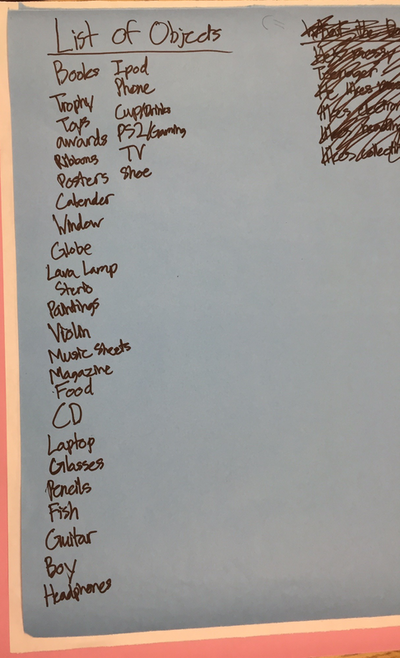
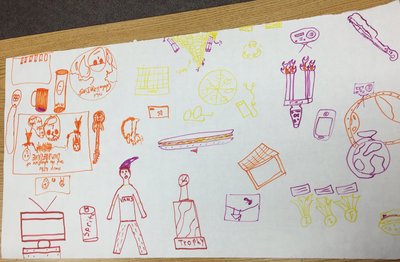
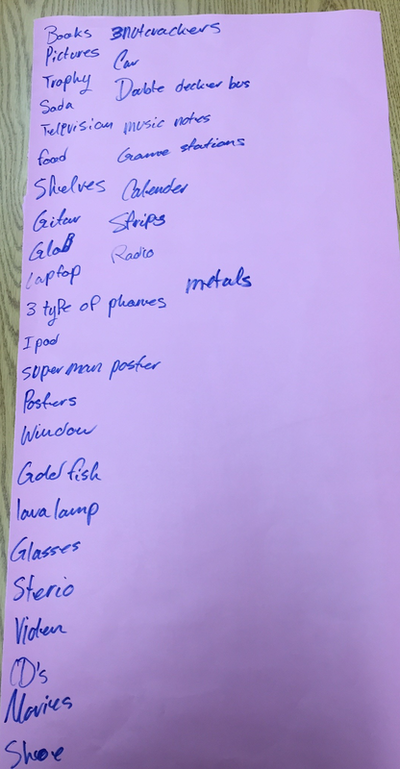
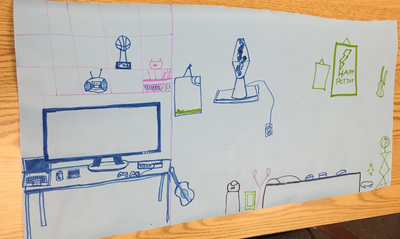
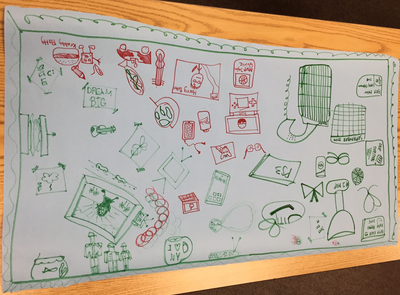
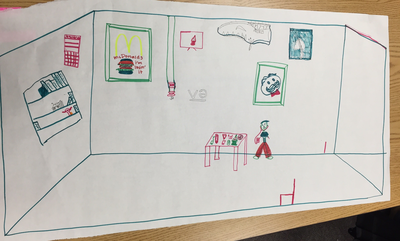
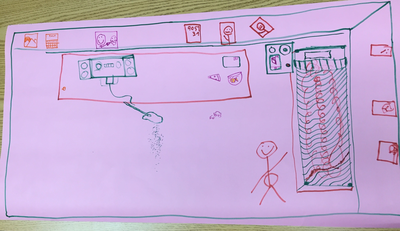
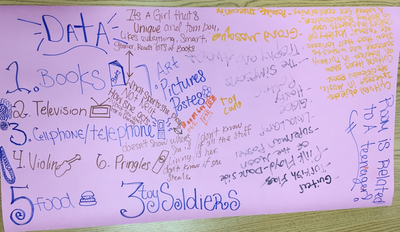
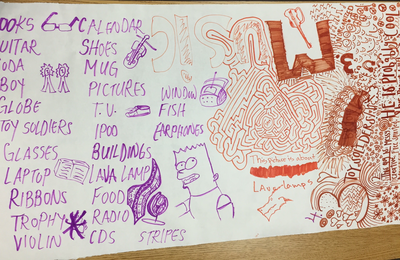
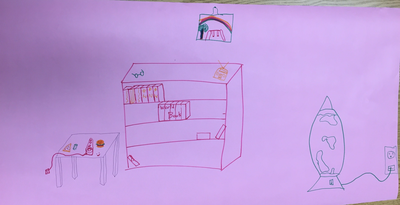
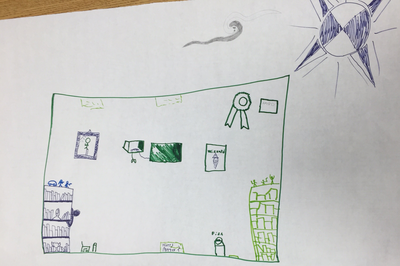
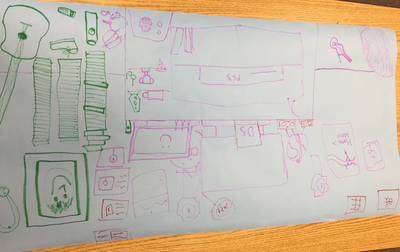
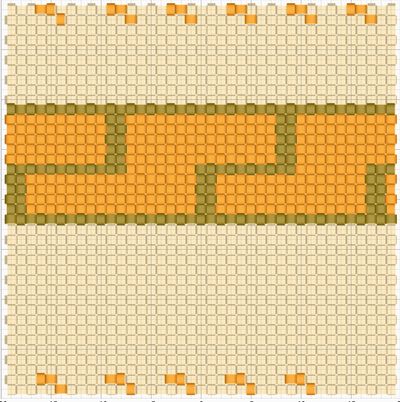
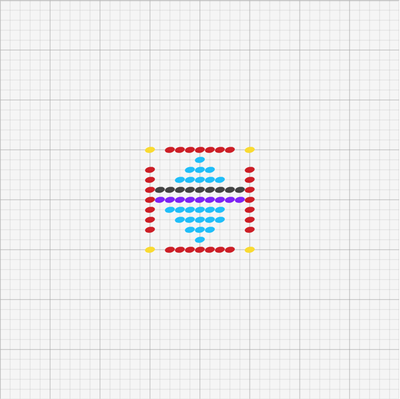
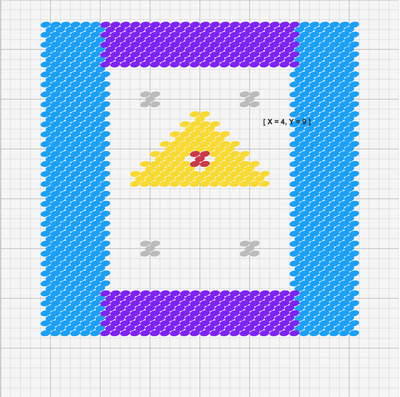
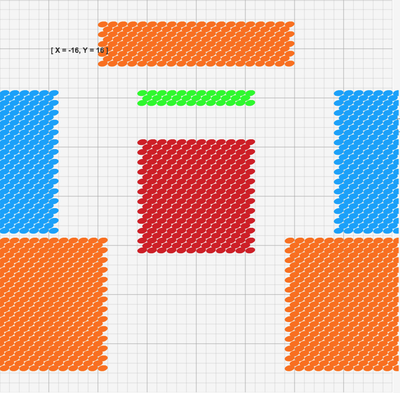
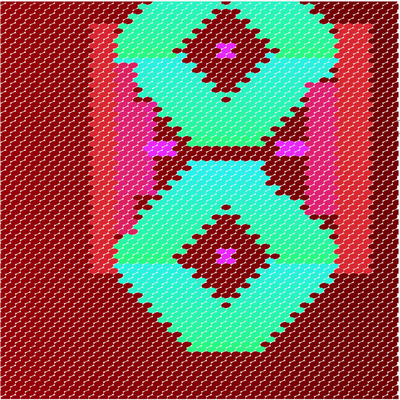
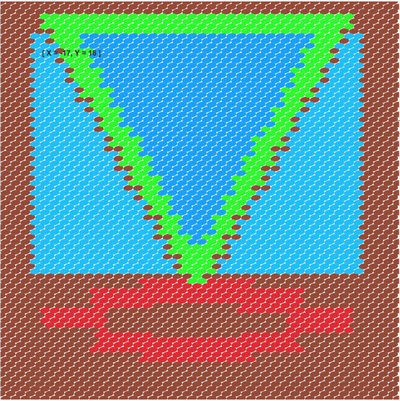
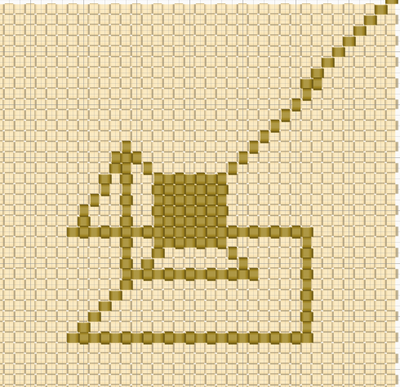
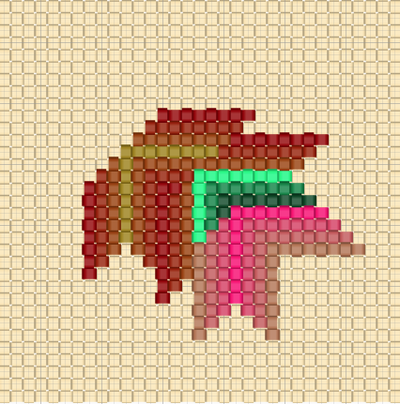
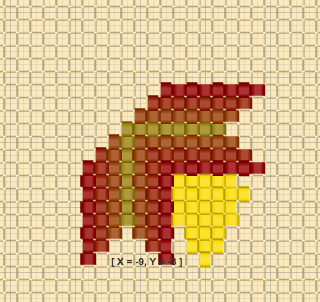
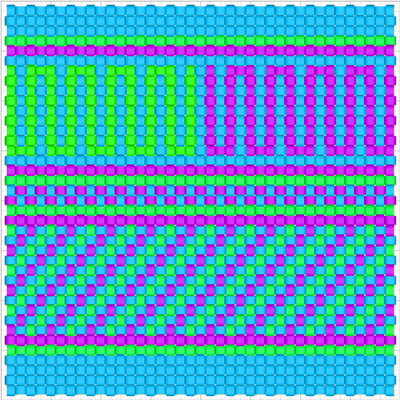
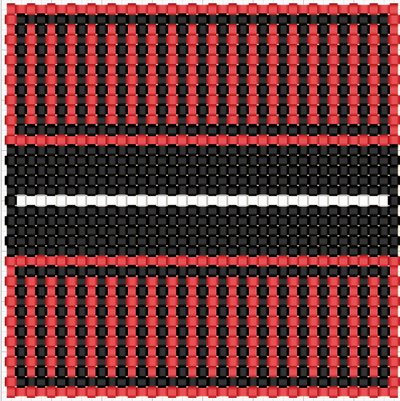
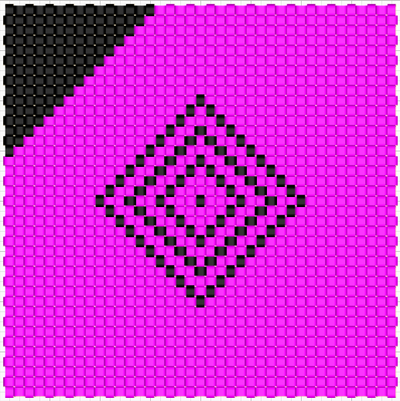

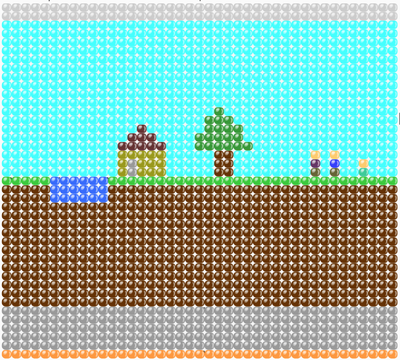
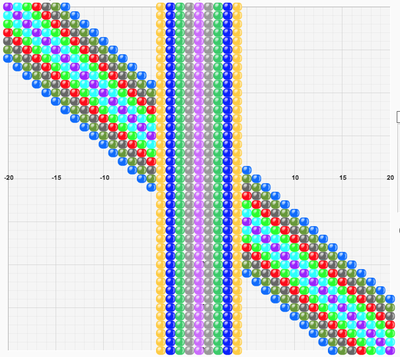
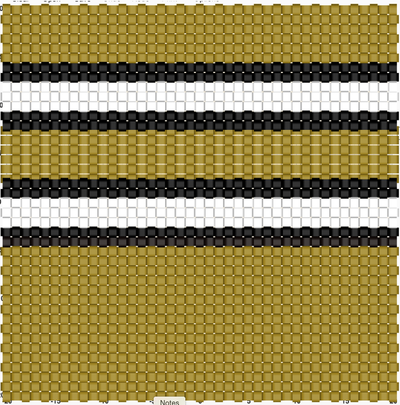
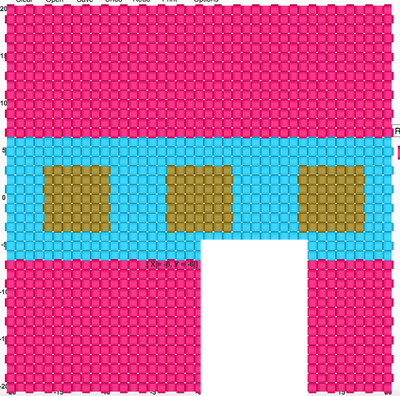
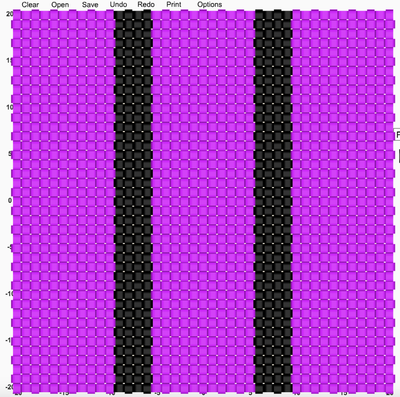
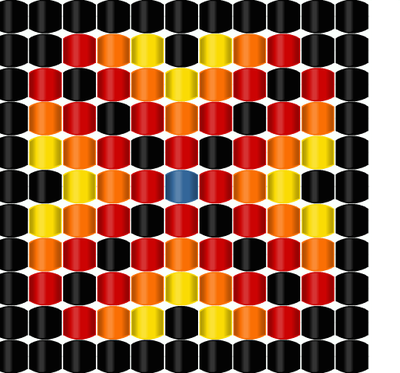
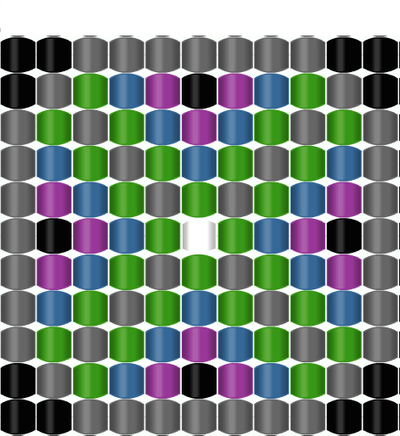
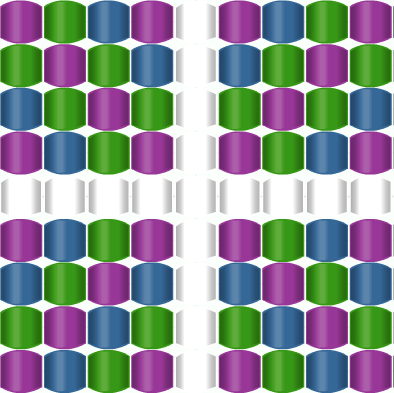
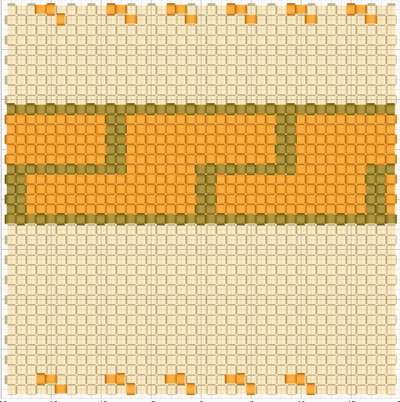
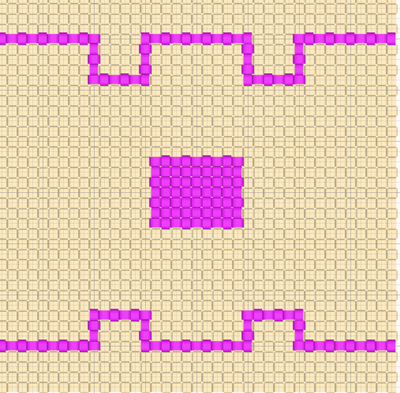
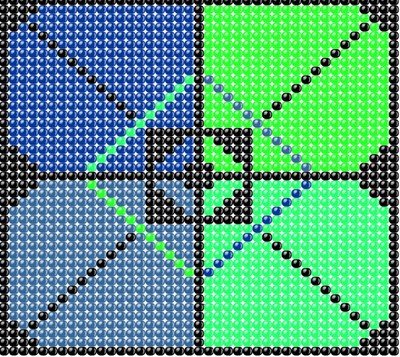
 RSS Feed
RSS Feed
